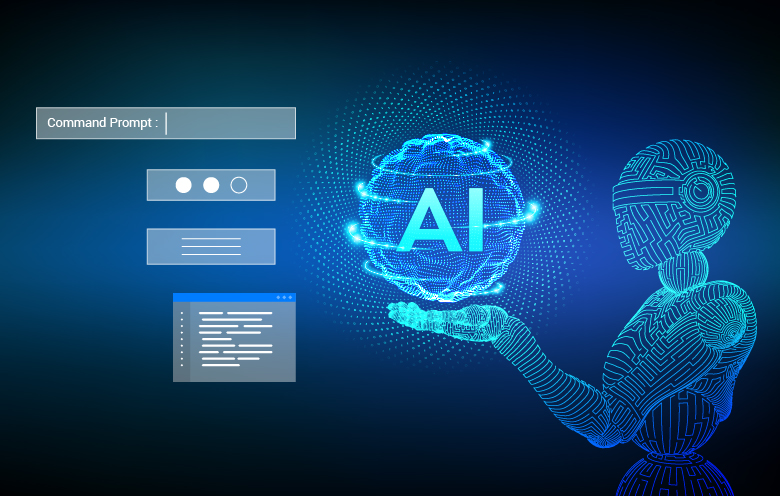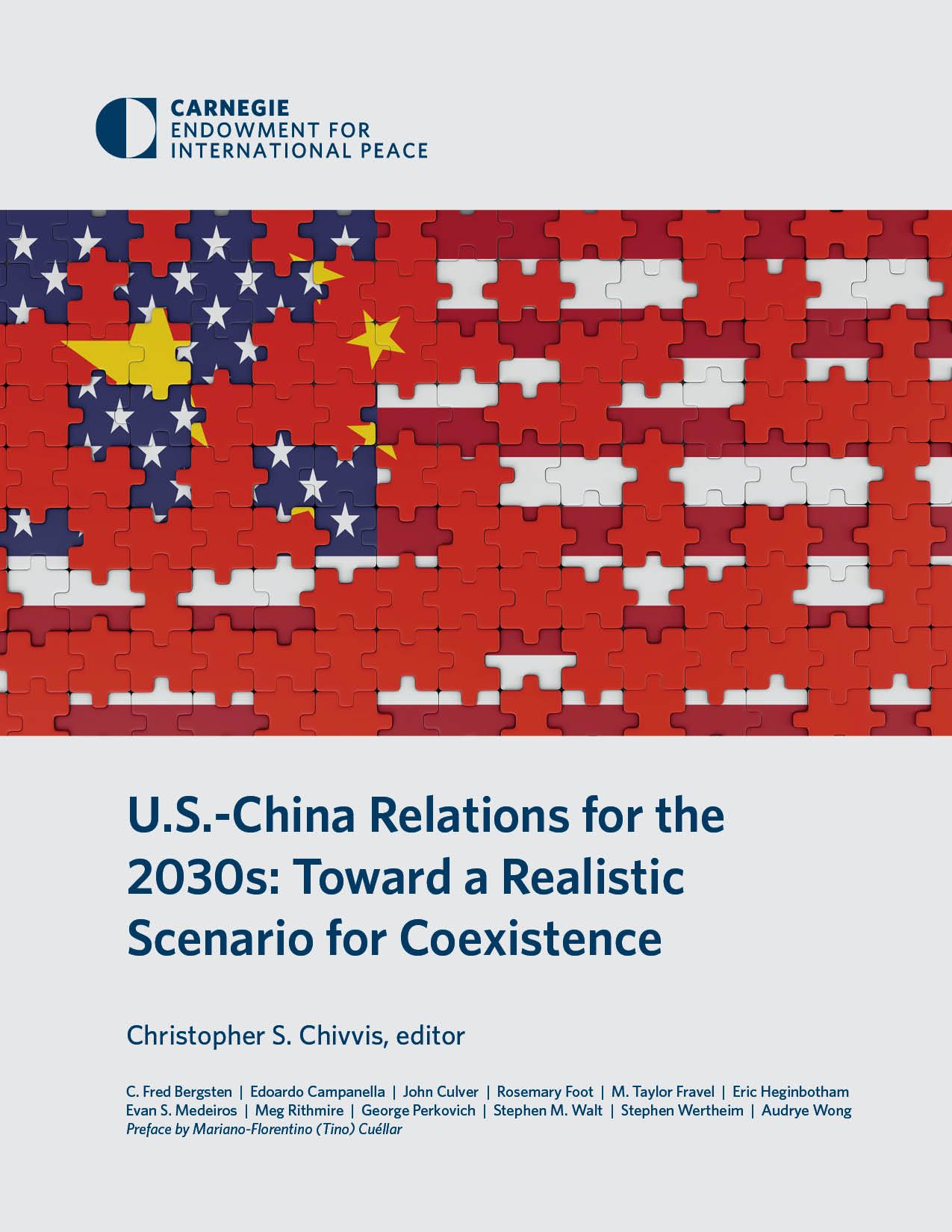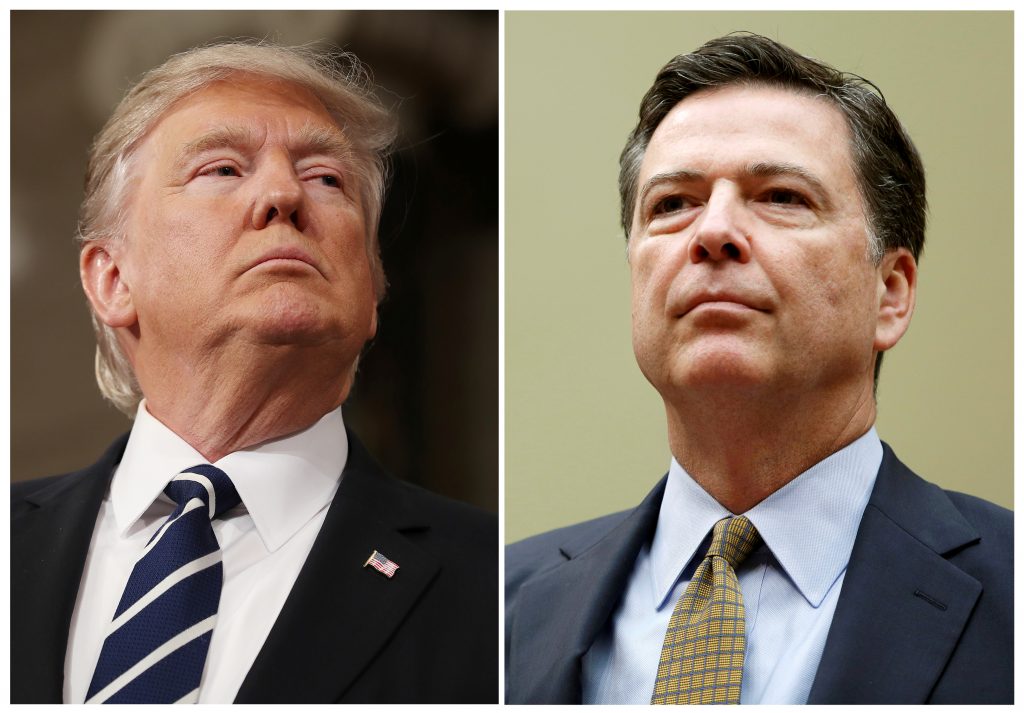Report on Generative Artificial Intelligence, Copyright Law, and Sustainable Development
Introduction: AI’s Disruption of Creative Industries and its Global Impact
Generative Artificial Intelligence (AI) is causing an unprecedented disruption in the creation of intellectual works, fundamentally altering creative markets. AI systems now offer services that generate text, music, images, and video, pushing the boundaries of production capacity. This technological revolution presents significant challenges to existing copyright legislation globally. The core issues revolve around the use of copyrighted material for training AI (the “input” side) and the legal status of AI-generated content (the “output” side). Resolving these challenges is critical for fostering a balanced ecosystem that supports technological progress while protecting human creators, a balance that lies at the heart of several Sustainable Development Goals (SDGs).
Analysis of Key Copyright Issues in the Age of Generative AI
Input-Side Challenge: AI Training and the Use of Copyrighted Data
A primary legal conflict concerns the training of AI models, which often involves the mass extraction and mining of existing copyrighted works. This practice raises questions of copyright infringement and tests the limits of legal exceptions like fair use. The conflict places the interests of AI developers, who seek to freely harvest data to improve their algorithms, against those of human creators, who demand compensation for the use of their intellectual property. This tension directly engages fundamental rights and several SDGs:
- SDG 8 (Decent Work and Economic Growth): The right of creators to receive protection for their moral and material interests is a cornerstone of ensuring decent work in the creative economy. The unauthorized use of their work for commercial AI training undermines their ability to earn a livelihood from their intellectual efforts.
- SDG 9 (Industry, Innovation, and Infrastructure): While AI represents a significant technological innovation, its sustainable development depends on a legal framework that is equitable. The current legal uncertainty and lawsuits filed by creators against AI firms like OpenAI, Meta, and Stability AI highlight the need for robust infrastructure and regulations to govern this new industry.
- SDG 4 (Quality Education) & SDG 16 (Peace, Justice, and Strong Institutions): The debate touches upon the right to science and culture. Access to data for research purposes is vital for scientific advancement. A balanced legal solution must differentiate between commercial and non-commercial research uses to support education and the advancement of science, reflecting the need for strong, just institutions to mediate these competing interests.
Output-Side Challenge: The Legal Status of AI-Generated Works
The second major issue is whether content generated by AI can receive copyright protection. A global consensus appears to be forming around the principle of human authorship as a prerequisite for copyright. This anthropocentric approach has been affirmed in multiple jurisdictions.
- United States: The U.S. Copyright Office (USCO) and the U.S. District Court of Columbia have repeatedly affirmed that “human authorship is a bedrock requirement of copyright.” Protection was denied for the AI-created image “A Recent Entrance to Paradise” and for the AI-generated images within the comic book “Zarya of the Dawn,” as the human contribution was deemed too minor.
- China: Court decisions have been mixed, but a key ruling from the Beijing Internet Court denied copyright for an AI-generated work due to the lack of direct human involvement in the creative process.
- Italy: The Italian Supreme Court granted protection to a digital work created with software assistance, but only because a discernible and creative human contribution was identified.
This trend reinforces the value of human creativity, which is central to SDG 8, by ensuring that the economic and moral rights associated with authorship remain with human creators.
Legislative Responses and Implications for Sustainable Development
The EU Artificial Intelligence Act and the Transparency Mandate
Initially agnostic on intellectual property, the proposed EU Artificial Intelligence Act (AIA) has been amended to address copyright concerns. A key provision now obligates providers of “foundation models” (the basis for generative AI) to publish detailed summaries of the copyrighted data used for training. This measure is intended to create strong and transparent institutions (SDG 16) by empowering rightsholders to exercise their opt-out rights under existing EU law (CDSM Directive). It represents a step toward ensuring AI development complies with established legal norms.
Critical Assessment of Proposed Regulations
While well-intentioned, the transparency proposal in the AIA and more maximalist approaches, such as a recent French draft bill, present significant challenges that could inadvertently undermine sustainable development objectives.
- Impact on SDG 9 (Innovation): The technical and administrative burden of documenting all training data is immense. Furthermore, it may lead to a massive exercise of the opt-out right by creators, severely shrinking the datasets available for AI training. This could stifle innovation and make jurisdictions with such rules unattractive for AI development.
- Impact on SDG 10 (Reduced Inequalities): Limiting training data can worsen AI bias. The “garbage in, garbage out” principle means that smaller, less diverse datasets can lead to AI outputs that perpetuate harmful stereotypes, thereby increasing, rather than reducing, inequalities.
- Impact on SDG 4 (Quality Education): A reduction in the quality and quantity of training data would also negatively affect the use of AI for scientific and educational purposes, hindering progress in research and access to knowledge.
A Path Forward: A Framework for Equitable Innovation
The Need for a Balanced and Collaborative Solution
The significant divergence of interests and high transaction costs suggest that self-regulation by market players is an insufficient solution. Legislative intervention is required to establish a clear and balanced framework. Such a framework must foster partnerships (SDG 17) between AI developers and the creative community to ensure that AI tools remain instrumental to human creativity rather than a substitute for it. The primary challenge is to reconcile the promotion of innovation (SDG 9) with the protection of decent work for creators (SDG 8).
Proposal for a Statutory Remuneration Right
A potential solution is the introduction of a statutory license for machine learning purposes. This model would serve as a compromise by:
- Permitting the use of copyrighted works for AI training, thereby providing the data necessary for robust and unbiased technological advancement (supporting SDG 9 and SDG 10).
- Establishing a mandatory system of remuneration for the creators whose works are used, ensuring they are compensated for this new form of exploitation and upholding their economic rights (supporting SDG 8).
This approach would create a just and predictable legal environment (SDG 16), allowing innovation to flourish while ensuring that the benefits are shared equitably with the human creators who form the foundation of our cultural and scientific heritage.
Analysis of Sustainable Development Goals (SDGs) in the Article
1. Which SDGs are addressed or connected to the issues highlighted in the article?
Based on the article’s focus on technological innovation, the rights and remuneration of creators, legal frameworks, and institutional responses, the following SDGs are addressed:
- SDG 8: Decent Work and Economic Growth: The article discusses the disruption of creative markets by generative AI, the “moral and material interests of creators,” and the need for compensation for the use of their intellectual work. This directly relates to ensuring decent work and economic viability for those in the creative industries.
- SDG 9: Industry, Innovation, and Infrastructure: The core subject is generative AI, a significant technological innovation. The article explores the balance between fostering this innovation (“ensure an attractive environment for artificial creativity”) and regulating it. It also discusses the infrastructure of AI (training datasets) and the industrial sectors it impacts.
- SDG 16: Peace, Justice, and Strong Institutions: The article is heavily centered on the role of legal and institutional frameworks in managing AI’s impact. It details actions by courts (in the US, Italy, China), copyright offices (USCO), and legislative bodies (European Parliament) to create and enforce laws (like the proposed AI Act). This highlights the need for effective, transparent, and just institutions to handle complex technological challenges.
2. What specific targets under those SDGs can be identified based on the article’s content?
The article’s content points to several specific targets within the identified SDGs:
-
Under SDG 8 (Decent Work and Economic Growth):
- Target 8.2: “Achieve higher levels of economic productivity through diversification, technological upgrading and innovation…” The article describes generative AI as a technology that is “disrupting the creative process(es)” and pushing “production capacity… beyond unforeseen barriers,” which is a form of technological upgrading in the creative industry.
- Target 8.5: “…achieve full and productive employment and decent work for all… and equal pay for work of equal value.” The article’s proposal to explore a “statutory license for machine learning purposes” and a “remuneration proposal” for creators whose works are used to train AI directly addresses the need to ensure creators receive fair compensation for their work in this new economic context.
-
Under SDG 9 (Industry, Innovation, and Infrastructure):
- Target 9.5: “Enhance scientific research, upgrade the technological capabilities of industrial sectors… and encourage innovation…” The article discusses the challenge of laying down a “legal framework” that allows AI-based tools to advance without being stifled by “overreaching” legislation that would be “detrimental to the development of AI systems.” It also notes that generative AI can be used for “scientific purposes,” linking directly to enhancing research.
- Target 9.b: “Support domestic technology development, research and innovation…” The discussion of different legal approaches in the EU, US, China, and France illustrates the global effort to create policies that support or regulate technology development and innovation within national and regional jurisdictions.
-
Under SDG 16 (Peace, Justice, and Strong Institutions):
- Target 16.3: “Promote the rule of law at the national and international levels and ensure equal access to justice for all.” The article explicitly mentions that “Courts are already dealing with the first question, since some content creators and licensees have filed copyright infringement lawsuits against providers of generative AI services.” This demonstrates the use of the legal system to seek justice and clarify the rule of law.
- Target 16.6: “Develop effective, accountable and transparent institutions at all levels.” The proposed amendment to the EU’s AI Act, which would impose an “obligation to train, design and develop the model in compliance with Union and national legislation” and to “publish a sufficiently detailed summary of the use of training data,” is a direct attempt to create transparency and accountability in the institutions (AI providers) developing this technology.
3. Are there any indicators mentioned or implied in the article that can be used to measure progress towards the identified targets?
Yes, the article mentions or implies several indicators that could be used to measure progress:
- Existence of remuneration mechanisms: The article’s central proposal is to explore a “statutory license” or “statutory remuneration right.” The adoption or rejection of such legal mechanisms would be a clear indicator of whether creators are being compensated for the use of their work in AI training (relevant to Target 8.5).
- Publication of training data summaries: The proposed EU AI Act amendment requires providers to “publish a sufficiently detailed summary of the use of training data protected under copyright law.” The compliance rate with this rule would be a direct indicator of institutional transparency (relevant to Target 16.6).
- Volume and outcome of litigation: The article notes that “many more cases will be brought to courts in the near future.” The number of copyright lawsuits filed by creators and the subsequent court decisions (as cited from the US, Italy, and China) serve as an indicator of access to justice and the evolving application of the rule of law (relevant to Target 16.3).
- Size and quality of AI training datasets: The article warns of a potential “sharp cut in the datasets available for the algorithmic training” if creators exercise opt-out rights en masse. The size and diversity of these datasets can be seen as an indicator of the environment for innovation, as a reduction could “affect the quality of the AI-produced outputs” (relevant to Target 9.5).
- Copyright registration decisions for AI-generated works: The article cites specific decisions by the U.S. Copyright Office (USCO) to deny or partially grant copyright for AI-generated works. These administrative decisions are indicators of how institutions are defining “human authorship” and adapting intellectual property law (relevant to Target 16.6).
4. Table of SDGs, Targets, and Indicators
| SDGs | Targets | Indicators Identified in the Article |
|---|---|---|
| SDG 8: Decent Work and Economic Growth | 8.2: Achieve higher levels of economic productivity through technological upgrading and innovation.
8.5: Achieve full and productive employment and decent work…and equal pay for work of equal value. |
|
| SDG 9: Industry, Innovation, and Infrastructure | 9.5: Enhance scientific research, upgrade technological capabilities…and encourage innovation.
9.b: Support domestic technology development, research and innovation. |
|
| SDG 16: Peace, Justice, and Strong Institutions | 16.3: Promote the rule of law…and ensure equal access to justice for all.
16.6: Develop effective, accountable and transparent institutions at all levels. |
|
Source: legalblogs.wolterskluwer.com






